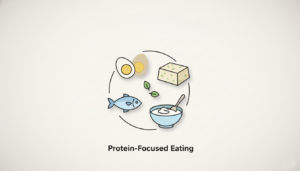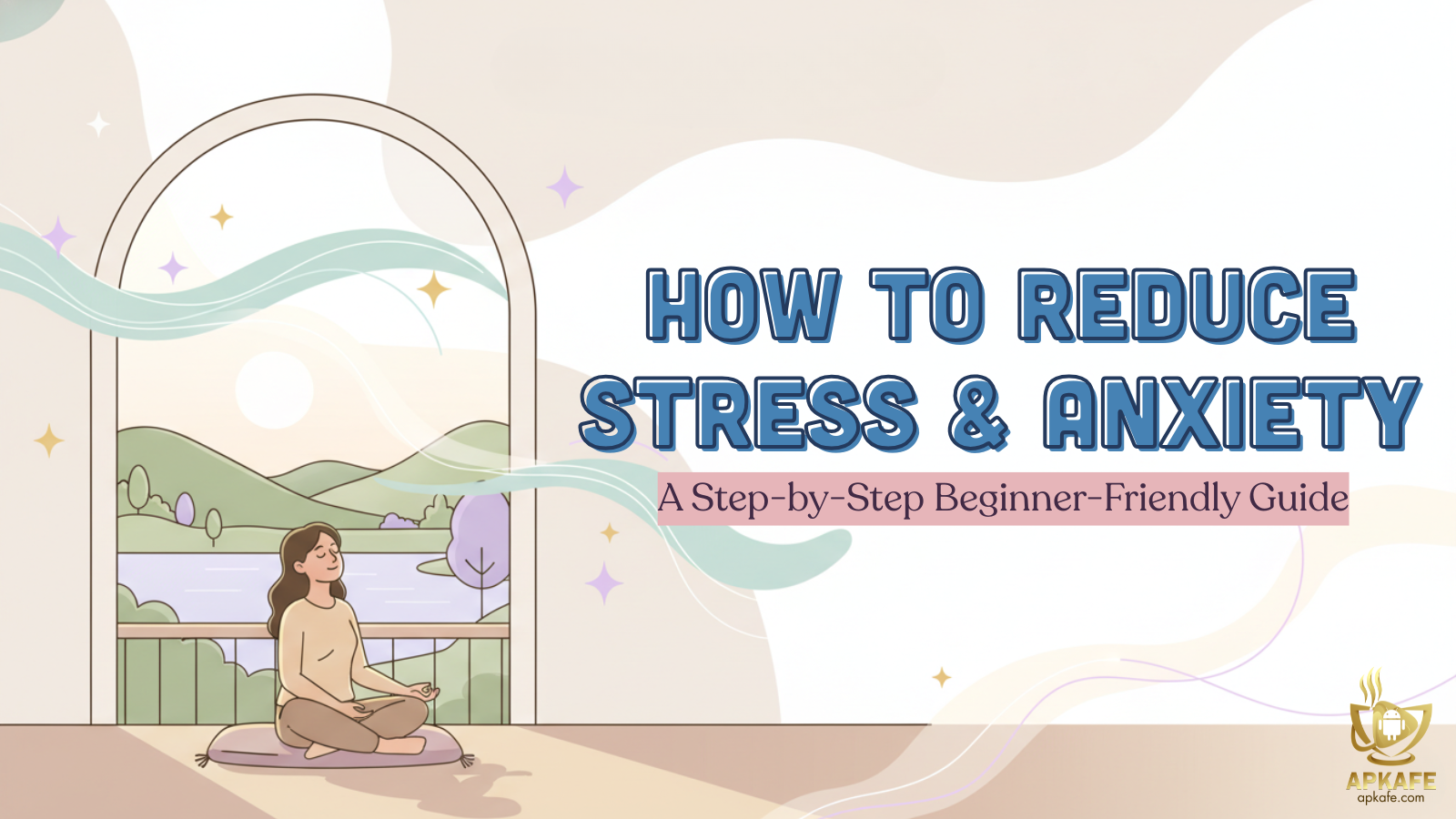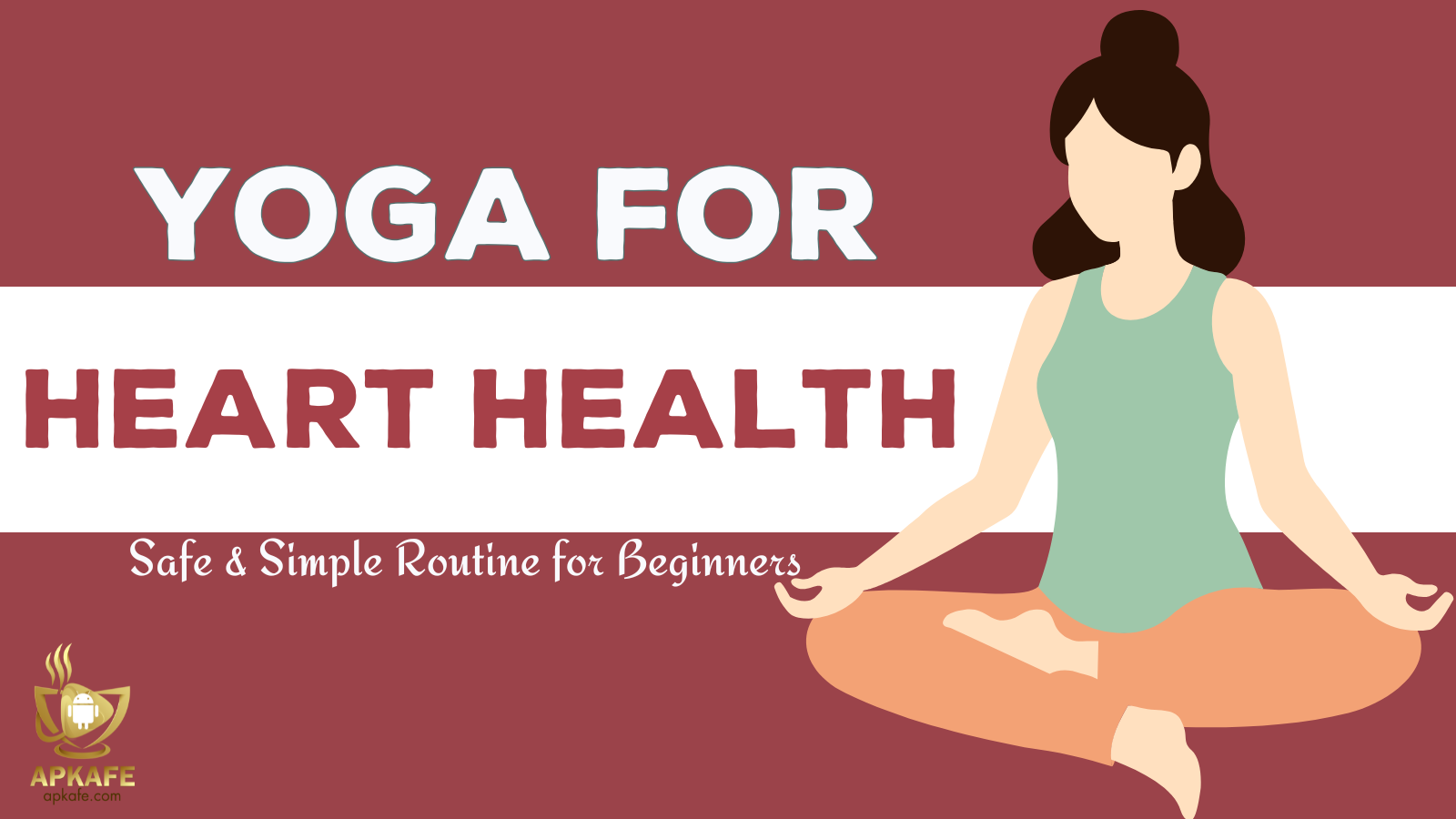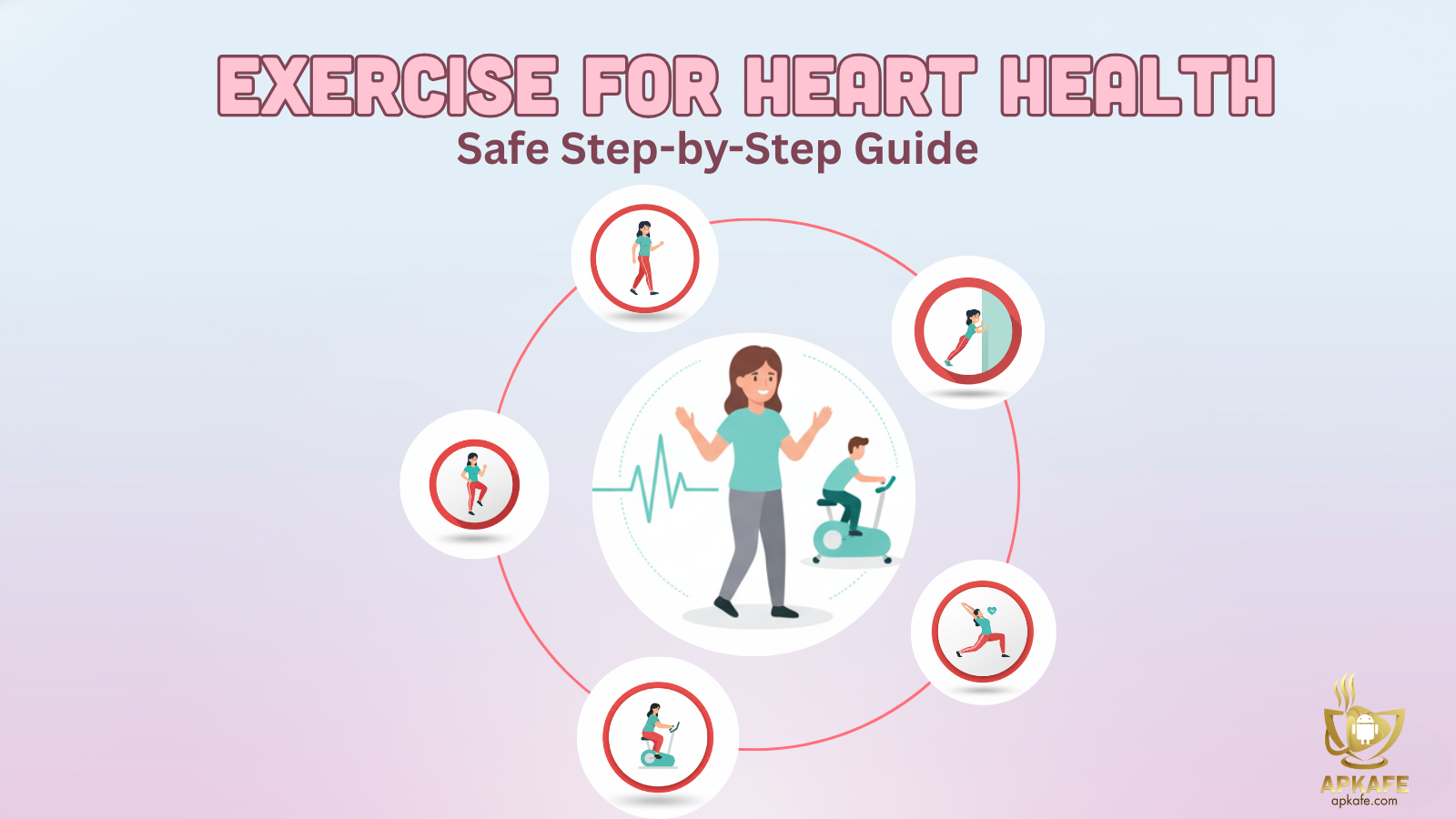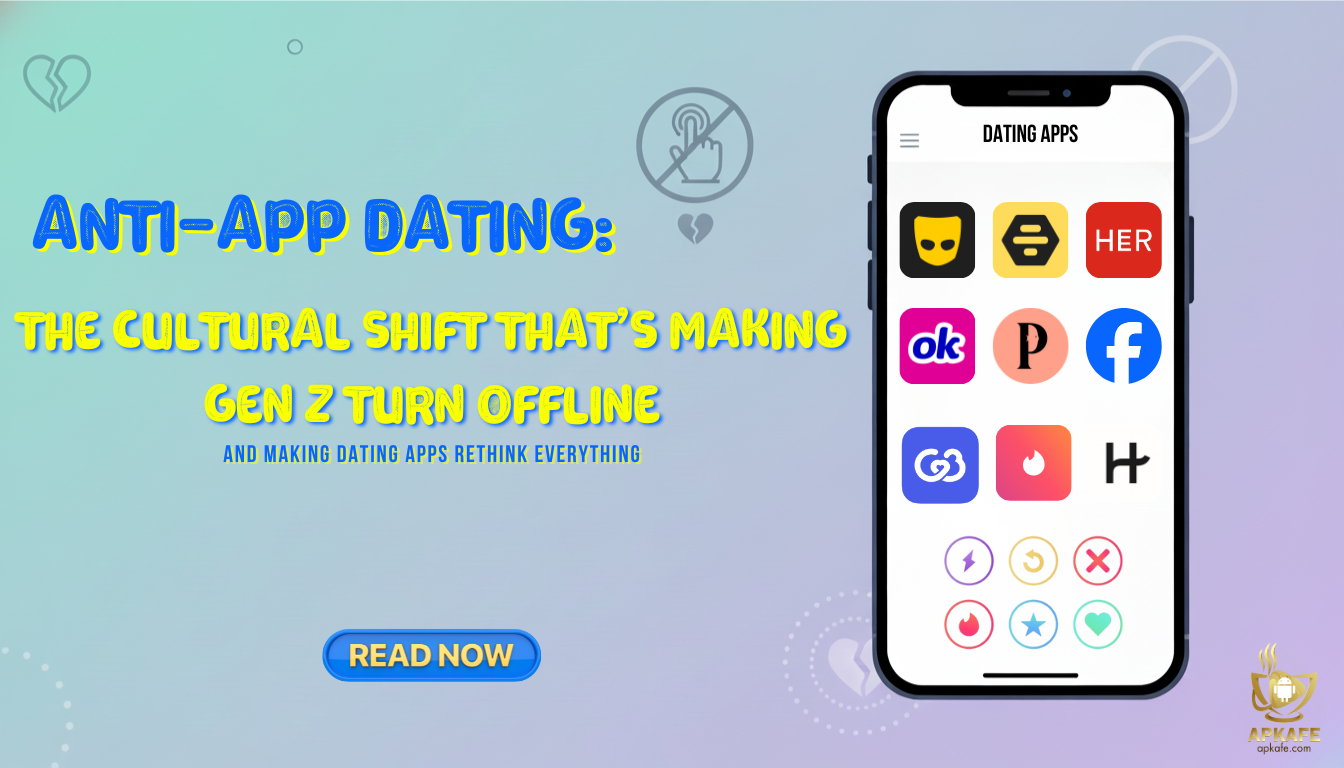7 Day Intermittent Fasting for Weight Loss: A Complete Beginner’s Guide
By the end of this guide, you’ll know the exact 7-day plan beginners use to lose weight safely including the real reason most people quit on Day 3 and how to avoid it. Intermittent fasting (IF) is one of the simplest ways to manage weight, but for beginners, the hardest part is not hunger, it’s uncertainty. When should you start eating? How long should you fast? What do you eat? And most importantly, how do you avoid fatigue, dizziness, or cravings that show up in the first week? This guide gives you a clear, safe, step-by-step 7-day fasting plan, the foods that make fasting easier, troubleshooting tricks, daily micro-scenarios, and best practices using fasting apps like Zero, BodyFast, and Simple. Whether your goal is habit-building or a light recalibration for weight loss, this plan is designed to be sustainable for real life, not perfection.
What Is a 7 Day Intermittent Fasting Plan?
A 7 day intermittent fasting plan is a simple, structured week where you follow planned fasting and eating windows to help your body ease into time-restricted eating. Unlike regular IF, which is open-ended, this short program uses gradual daily changes, ideal for beginners who want guidance without pressure. It works best for people starting 7 day intermittent fasting for weight loss, those needing clear structure, or anyone wanting a gentle reset of their eating routine.
How Intermittent Fasting Helps With Weight Loss
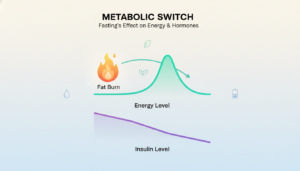
Intermittent fasting supports weight loss by giving your metabolism time to switch from burning glucose to using stored fat for energy. When you extend the period between meals, your body naturally reduces its reliance on quick sugar and begins tapping into deeper fat reserves. This shift becomes easier and more efficient across a 7 day intermittent fasting for weight loss plan because fasting windows gradually condition your metabolism.
Fasting also helps lower insulin levels, which is key to fat-burning. When insulin stays high—often due to frequent snacking or sugary meals—your body stores more fat and struggles to release it. By spacing out your meals, you allow insulin to drop naturally, creating the metabolic environment your body needs to burn fat more consistently throughout the week.
Another benefit is energy stabilization. Many beginners notice fewer afternoon crashes once their body adapts, because fasting improves blood sugar control and reduces the spikes that trigger cravings. As your eating window becomes more structured, your energy tends to feel steadier and more predictable.
Choosing the Best Fasting Window for a 7-Day Plan
Only one fasting window consistently works for beginners, you’ll see it in the 7-day schedule.
Beginners often jump into intense fasting windows and fail by Day 3. A gradual ramp-up is safer and more effective.
14:10 vs 15:9 vs 16:8 — Which Should You Pick?
- 14:10: Best for brand-new fasters; minimal hunger shock.
- 15:9: Good transitional step to trigger mild fat adaptation.
- 16:8: Most researched, most sustainable, optimal for weight loss.
How Apps Help Choose the Right Window
Apps give structure:
- Reminders for start/end times
- Notifications for hydration
- Streaks for motivation
- Logging to understand hunger cues
- Faster adaptation by consistency
What to Eat During Your 7-Day Intermittent Fasting for Weight Loss
Your fasting window matters but what you eat matters more than most beginners think.
Intermittent fasting is not about eating less; it’s about eating better within a window.
Macronutrient Pattern (Simple Formula)
Use the Protein-First Plate:
- 25–35g protein (eggs, yogurt, fish, tofu, legumes)
- Fiber-rich vegetables
- Slow carbs (oats, quinoa, beans, fruit)
- Healthy fats (olive oil, avocado, nuts)
Hydration & Electrolytes (Daily Support)
Staying hydrated reduces 80% of early fasting discomfort. Consider 1 pinch of salt in morning water or use sugar-free electrolytes.
Your 7-Day Intermittent Fasting Schedule (Step-by-Step)
This is the part most guides skip — the daily structure that makes fasting doable.
Day 1: Ease In With 14:10
Your first day is all about easing in without pressure. By choosing a 14:10 window, you simply delay breakfast by about an hour and stop eating a little earlier in the evening. Most beginners notice mild morning hunger, but it usually fades after drinking water, tea, or black coffee. Day 1 is meant to help you break late-night snacking patterns and understand how your body reacts to fasting without feeling deprived.
Day 2: Step Up to 15:9
On the second day, you gently stretch your fasting window to 15 hours. This is the first point where you may feel a stronger wave of morning hunger, especially close to your usual breakfast time. Staying hydrated, taking a short walk, or sipping sparkling water can help you ride it out. This step introduces a mild metabolic challenge while still keeping the plan beginner-friendly.
Day 3: Standard 16:8
Day 3 brings you into the classic 16:8 window — the most popular and well-researched fasting schedule for weight loss. By delaying your first meal until late morning or noon, you allow your body to switch more smoothly into fat-burning mode. Some people notice improved focus, while others feel a small energy dip before lunch. Protein-rich meals will help steady your energy for the rest of the day.
Day 4: Stabilize Your 16:8 Rhythm
This day is about consistency rather than pushing harder. Staying with the 16:8 pattern gives your appetite, digestion, and circadian rhythm time to stabilize. Many beginners find that Day 4 feels surprisingly easier because hunger waves become more predictable. Focus on balanced meals and keep your hydration steady to avoid afternoon cravings.
Day 5: Optional 16.5-Hour Push
Day 5 offers an optional challenge: extending your fast by just 30 minutes. This small adjustment helps many beginners test their hunger tolerance without overwhelming the body. If you sleep well and feel steady, the push can help deepen your fasting adaptation. If not, staying with 16:8 is perfectly fine — the goal is to progress safely, not to struggle.
Day 6: High-Protein Stabilization Day
On Day 6, you keep your 16:8 window but shift the focus to meal quality. Breaking your fast with a protein-dense plate helps control cravings and prevent late-day energy drops. Many people find that protein on Day 6 makes fasting feel easier—even if the fasting window doesn’t change—because blood sugar stays more stable.
Day 7: Light Day + Exit Strategy
Your final day is lighter and more mindful. You maintain the 16:8 window but keep meals moderate and gentle on digestion. Today is a good time to check in with yourself: How did your body respond this week? Which days felt easiest or hardest? Ending with reflection helps you understand whether you’re ready for another fasting cycle or prefer a lighter routine next week.
How to Choose the Best Intermittent Fasting Schedule
Choosing the right fasting schedule is the difference between a smooth start and a frustrating week. Let’s pick the one that works for you.
Start With What You Can Maintain
For your 7 day intermittent fasting for weight loss plan, begin with a fasting window that feels easy—typically 14:10. Starting gently helps your body adapt without stress. To stay motivated from Day 1, you can also explore the best intermittent fasting apps for simple tracking.
Match It With Your Morning Energy
If you feel energized in the morning, delaying your first meal makes 15:9 or 16:8 more achievable. If mornings are demanding, choose an earlier eating window to stay balanced during your 7 day intermittent fasting for weight loss journey. Reviewing healthy eating habits to lose weight can also help you plan better meals for your energy needs.
Fit the Window Into Your Social Life
Your eating window should match your family meals, dinner plans, or social routines. When your schedule feels natural, completing a 7 day intermittent fasting for weight loss program becomes much easier. This alignment reduces stress and improves long-term success.
Follow Your Natural Hunger Patterns
Pay attention to when you naturally feel hungry during the day. Choosing a window that supports your appetite makes fasting smoother. This harmony helps you maintain motivation throughout the week.
Adjust Gradually, Not Aggressively
Increasing your fasting window slowly prevents headaches, irritability, or burnout. Moving from 14:10 to 16:8 over several days is more sustainable than jumping straight into long fasts. A gradual shift helps you build confidence and stability.
Common Pitfalls & How to Fix Them
One of these mistakes derails most beginners — fix it before Day 3.
Not eating enough protein
→ Leads to cravings, mood dips.
Fix: 25–35g protein per meal.
Breaking the fast with sugary foods
→ Causes crashes and overeating.
Fix: Protein + fiber first.
Poor sleep
→ Raises ghrelin (hunger hormone).
Fix: Reduce late-night screens + caffeine.
Overdoing fasting too fast
→ Causes headaches or dizziness.
Fix: Return to previous fasting window for 24 hours.
Comparison / Checklist Table (As Promised)
| Category | What to Check | Why It Matters | Quick Fix |
|---|---|---|---|
| Fasting Window | 14:10 → 15:9 → 16:8 | Adaptation + safety | Return to previous window for 1 day |
| Meal Composition | 25–35g protein/meal | Reduces cravings | Add yogurt/protein shake |
| Hydration | 2–2.5 L/day | Prevents headaches | Sip hourly |
| Sleep & Stress | 7–8 hrs/night | Controls hunger hormones | Improve sleep hygiene |
| App Setup | Timer + reminders | Consistency | Set manual fasting times |
| Privacy | Disable location & analytics | Protects data | Review permissions |
| Workout | Light movement | Avoid fatigue | Walks, stretching |
| Exit Strategy | Plan tomorrow’s meals | Prevent rebound eating | Pre-log in app |
Final thoughts
A 7 day intermittent fasting for weight loss plan works best when you approach it with structure, balance, and realistic expectations. By choosing a fasting window that fits your lifestyle, eating nourishing meals, and listening to your hunger signals, you give your body the right environment to adapt smoothly. Whether you’re just starting or refining your routine, consistency always matters more than perfection, small steps done daily deliver the biggest results.
👉 Start your healthier, more energized week today, your future self will thank you.
FAQs
How much weight can I lose in 7 days?
Most beginners lose 1–3 lbs safely. More dramatic losses come from water changes, not fat.
Can I work out while fasting?
Yes — stick to walks, yoga, or light strength training in Week 1.
What if I get hungry late at night?
Increase protein at your first meal and sip herbal tea.
Which fasting window is best?
For beginners: 16:8 after easing through 14:10 and 15:9.
Does black coffee break fast?
No — black coffee and plain tea are fine.
Do I need electrolytes?
Optional but helpful for preventing headaches and fatigue.
Can I repeat this plan weekly?
Yes, but include lighter days if you feel drained.
Are fasting apps required?
No — but they increase consistency and reduce guesswork.
User Reviews


